Seville, known for its vibrant charm (or, as the locals would say, color especial), has a special allure that captivates both locals and visitors. It’s hard to put your finger on just what makes up the city’s unique essence. If you’re determined to find out what it is, start by visiting the museums in Seville.
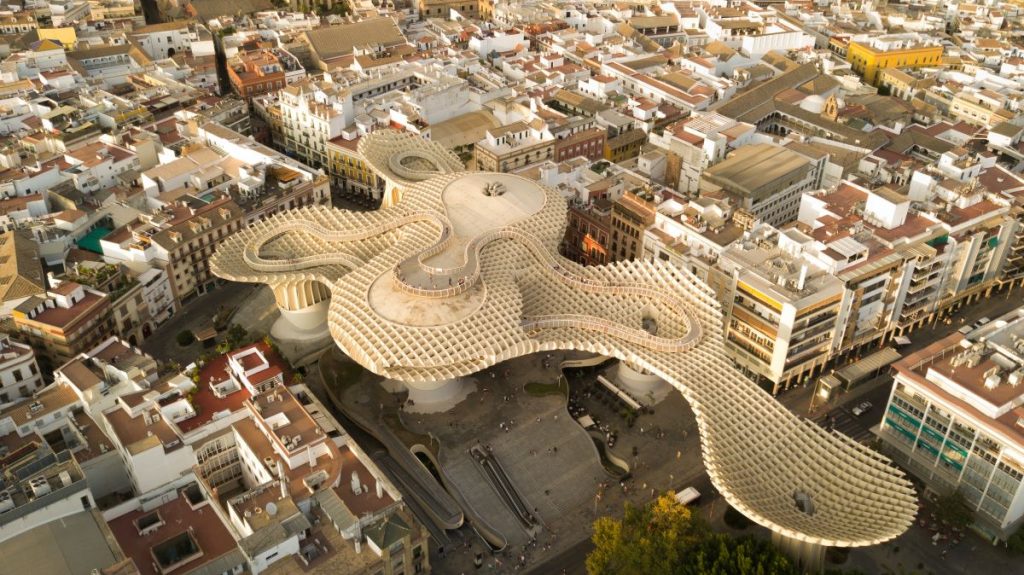
Whether you’re visiting the Andalusian capital for just the weekend or planning to stay a little longer, add local knowledge to your next trip to Seville through some of the many museums this varied and cultural city offers. Sign up for a small-group walking tour of Seville to gain special insight into this vibrant city.
The best museums in Seville to visit during any time of the year.
Museo de Bellas Artes
Seville’s own fine arts museum is a must-visit for any art aficionado or those interested in the history of art. You’ll find it slightly hidden away from the hustle and bustle of the Cathedral and Alcázar.
It opened in 1839. The museum is housed in what was once a monastery built in the Andalusian Mudéjar style. Their collection of fine art stretches back as far as the Middle Ages. It features mainly Spanish artists such as Francisco de Herrera, Murillo, El Greco, Velásquez, and Zurbarán.
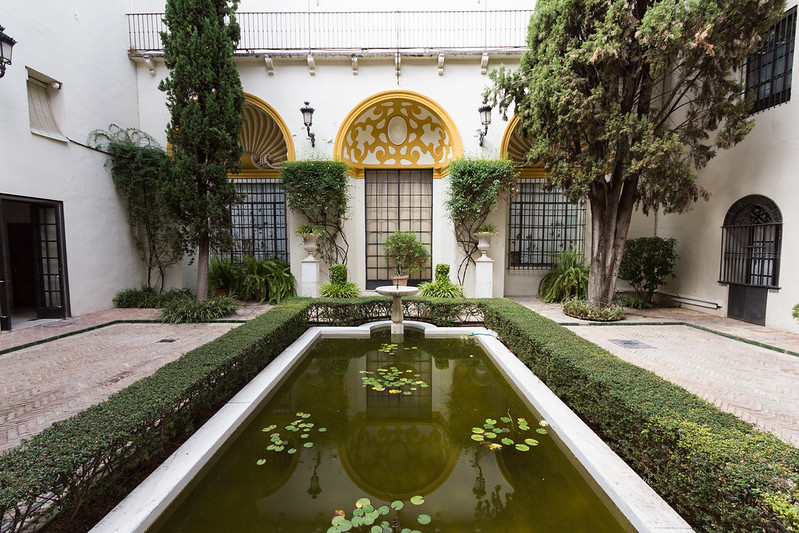
Wander around the ancient monastery walls and admire the views of some of the building’s charming patios. In warmer months, take a break from the heat in its temperature-controlled surroundings.
The museum offers low-cost tickets for non-EU visitors and free entry for residents of the European Union. Don’t miss a perfect opportunity to learn about Spain’s rich art history at the Museo de Bellas Artes.
Insider’s tip: Visit the museum on a Sunday morning. You’ll also get the chance to purchase work by local artists at the weekly art fair in the plaza outside.
Hospital de los Venerables
Spread out over two floors, the Hospital de Los Venerables (Plaza Venerables, 8) stands in the heart of Seville’s historic Santa Cruz neighborhood. You can easily miss this museum as you get lost within the labyrinth that is the historic center.
Founded in 1627 as a residence for elderly, poor, and disabled priests (hence venerables), it briefly operated as a textile factory in the 1800s. It then became a residence again up until the 1970s. The building itself is an exquisite example of Sevilliano Baroque style, complete with an orange tree decorated courtyard.
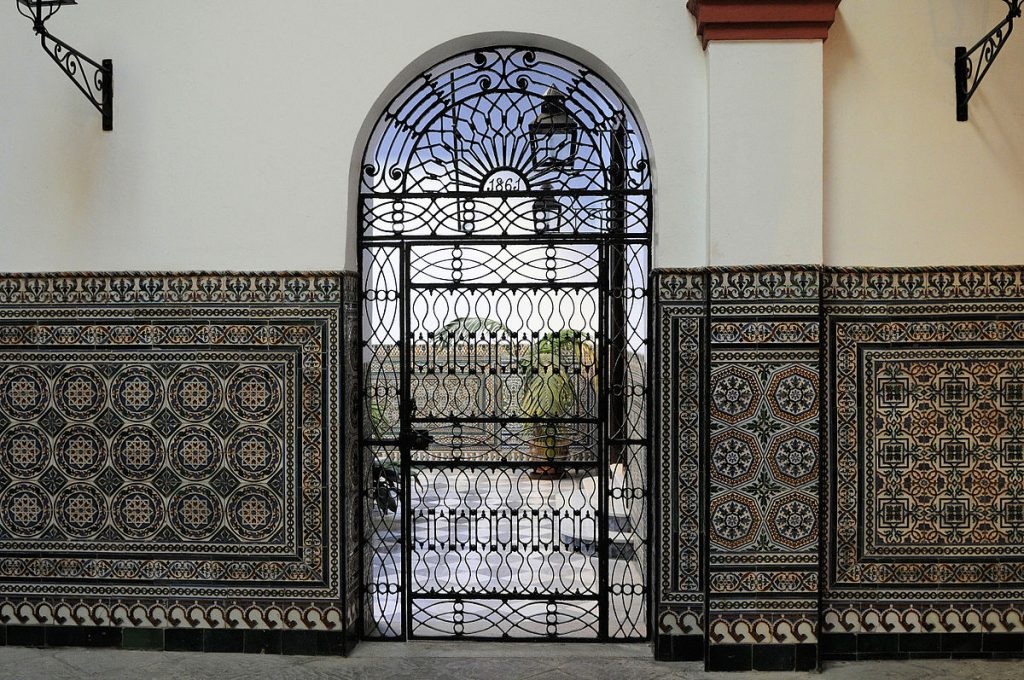
Appreciate the Centro Velázquez, dedicated to one of Seville’s most famous sons and his contemporaries. Marvel at the architecture within the interior church’s walls. Don’t miss the chance to get a great view of the cathedral and its magnificent Giralda from the second floor.
Finish your visit with a tapa and a crisp manzanilla sherry from Casa Roman, located not far from the entrance. Casa Roman offers some of the best tapas caseras (homemade) and some of the best jamón ibérico de bellota and fried fish in the historic center. You will see why Casa Roman is a part of the renowned Seville Tapas, Taverns & History Tour operated by our friends at Devour Tours.
Museo de Artes y Costumbres Populares
Located beyond the magnificent 1920s Plaza de España in Parque María Luisa, the Museum of Popular Arts and Traditions of Sevilla (Plaza de América) is often overlooked. If you want to grasp the essence of Seville’s traditions and their historical roots, this museum is a must-visit.
The museum is housed in a stunning setting inspired by Mudéjar architecture. Travel back in time and discover the profound influence that Seville—and all of Andalusia—draw from its rich historical legacy.
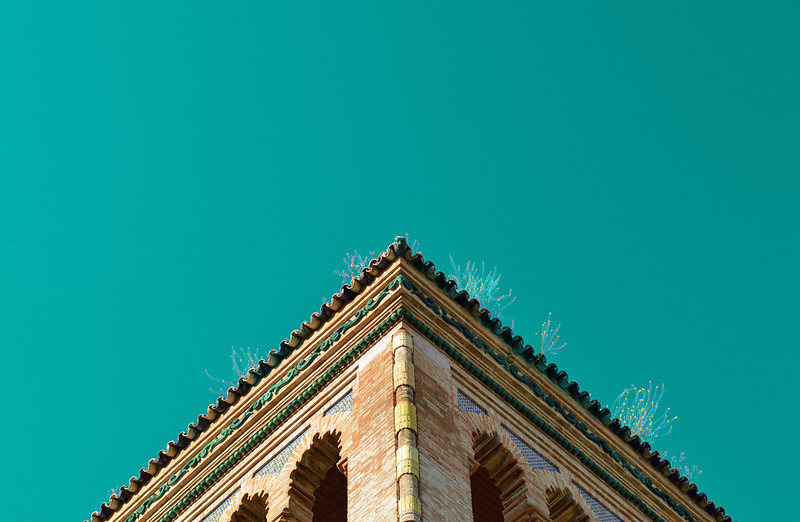
The museum offers free exhibitions ranging from winemaking to goldsmithing, flamenco, and the cultivation of wheat. This museum is both interesting and engaging for people of all ages.
Finish your visit by strolling back towards the city center via Parque María Luisa. This is arguably one of Europe’s prettiest urban parks.
Archivo de Indias
The Seville we know today wouldn’t be the city we love had it not been for the colonial period. Thanks to expeditions sponsored by the Catholic Kings, Ferdinand and Isabel, Seville was put firmly on the map. It became the first European city to receive and trade riches from the New World.
If you want to learn more about this fascinating period of modern history, visit the General Archive of the Indias (Avenida de la Constitución, Edificio de la Lonja), located a stone’s throw from the cathedral.
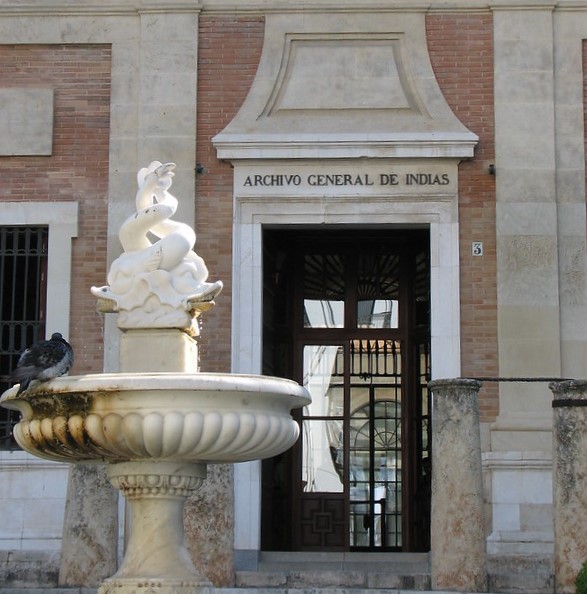
The Archive is home to nine kilometers of shelving and over 80 million pages of colonial documentation going back as far as the 16th century. This museum in Seville is a must-visit for any history buff eager to learn more about Spain’s influence on the world stage following the discovery of the new world.
Insider’s tip: If you work up an appetite, enjoy some of the city’s best fried fish (and beat the tourist traps) at Freiduría La Isla (Calle García de Vinuesa). This is one of the highlights on our Tastes, Tapas and Traditions of Sevilla tour.
Casa de Pilatos
A little off the beaten track but well worth a visit, locals rank this beautifully preserved 16th-century palatial home second only to the Alcázar in terms of beauty.
Don Pedro Enriquez ordered the building following his son Fadrique Enriques de Ribera’s pilgrimage to Jerusalem in the 16th century. The Casa de Pilatos is named after the house of Pontius Pilate, which Fadrique found particularly impressive.
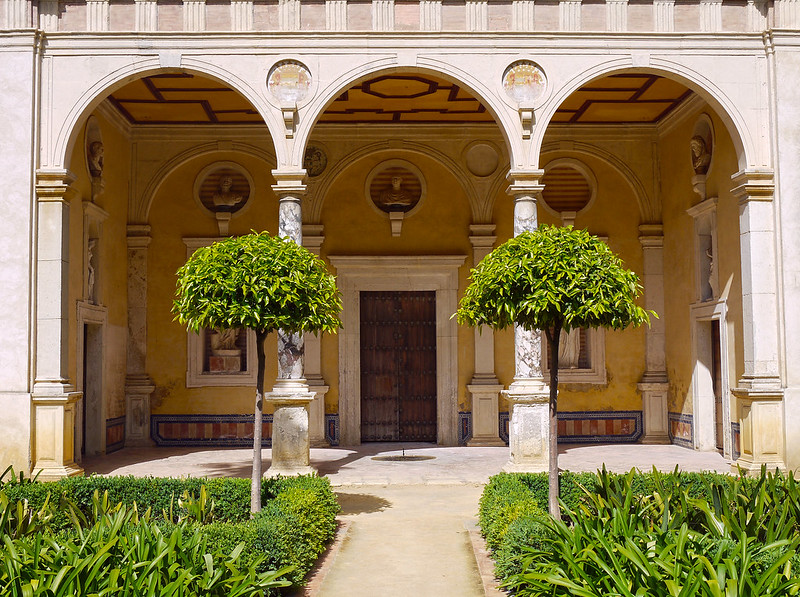
The palace features styles ranging from Gothic and Mudéjar to Italian renaissance. The main highlight of this location is the beautifully adorned patio.
The palace’s many marble columns, floors, corridors, ceiling paintings, wooden doors, and mudejar tiling will give you a real sense of how the aristocracy lived in Seville centuries ago.
Insider’s Tip: After your visit, head up to Plaza Alfalfa. Grab a drink and a tapa in one of the square’s many bars. Enjoy people-watching as the mix of locals and tourists go about their day.
Antiquarium de Sevilla
A trip to Seville wouldn’t be complete without getting to know more about the city’s ancient Roman roots. Visit the Antiquarium de Sevilla, located under the Metropol Parasol, colloquially known by locals as Las Setas (mushrooms).
The Antiquarium offers more than just a history lesson. Situated at the heart of Seville, where the Roman city of Hispalis was founded, it provides a captivating glimpse into the city’s ancient past. The museum offers incredible value for money.
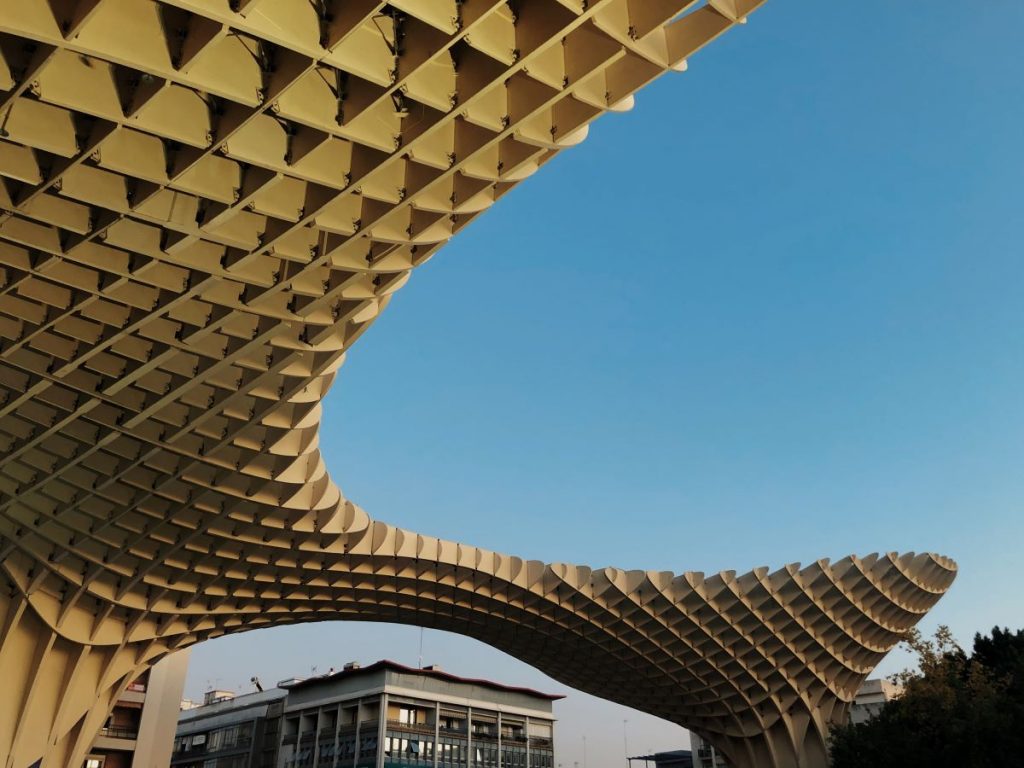
Insider’s Tip: Your ticket also gives you access to the panoramic view from the top of the parasol. Get here an hour or so before dusk to enjoy the ruins below, and some of the best sunset views of the city!
Palacio Marqueses de la Algaba
If you enjoyed Casa de Pilatos, travel even further off the beaten track to the local Feria neighborhood to the Palacio Marqueses de la Algaba (Plaza Calderón de la Barca).
Beautifully restored to its 15th-century glory following a painstakingly long process, this noble Renaissance palatial residence is another classic example of civil Mudéjar art within the city of Seville.
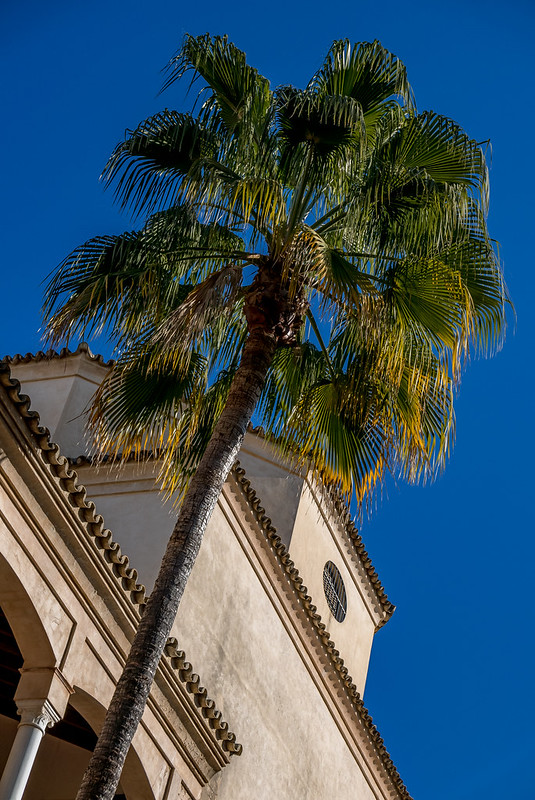
The palace currently houses the Department for Education, Citizen Participation and Municipal Buildings of Seville City Council. The palace has also recently become home to the Mudéjar Art Center. Its picturesque patio regularly plays host to various events and functions throughout the year.
If you’re a foodie, make a trip to the Mercado de Feria while you’re in the neighborhood. With fresh local produce available to both buy and consume on site, this market is a perfect pit stop.
Insider’s Tip: At the Mercado de Feria (Calle Feria), every time you purchase a drink, you’ll receive a token to spend on a tapa of choice. Plenty of vendors on the outside walls also offer traditional sit-down food and drink services.
Centro Ceramica Triana
Seville’s close connection with ceramics, pottery, and tiles is one of its most treasured aspects. If you cross the river to Triana, a visit to the Centro Ceramica is fully recommended.
Seville’s relationship with clay pottery can be traced back as far as the Neolithic ages. The ceramics we know and love today come originally from the district of Triana during the Islamic period.
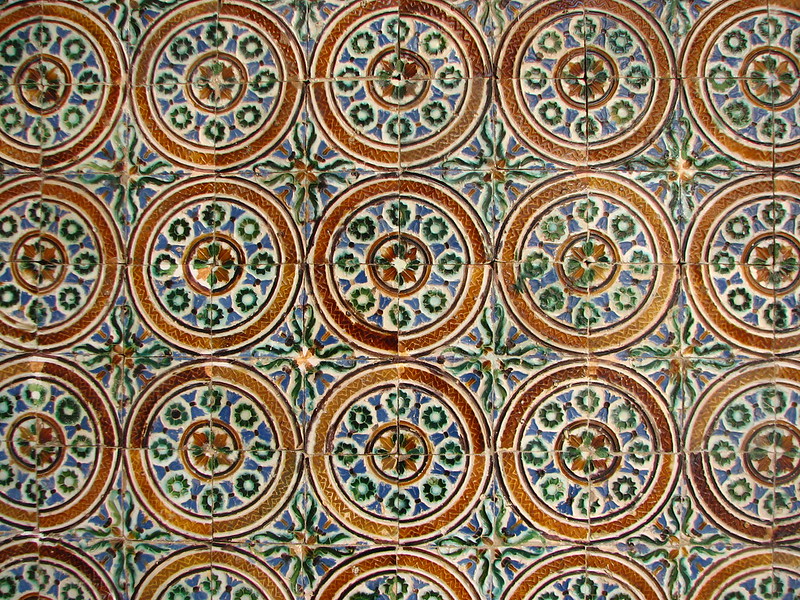
Learn more by letting the Centro Ceramica’s two floors bring you on a journey through time with both its permanent and temporary exhibits.
Insider’s Tip: Discover the art of purchasing authentic Sevillian souvenirs while avoiding tourist traps.

